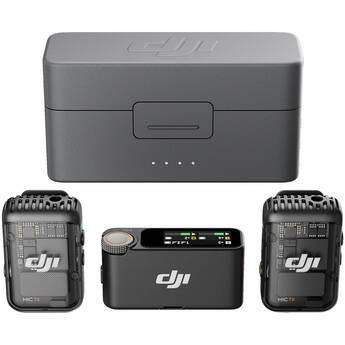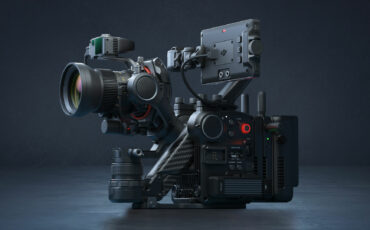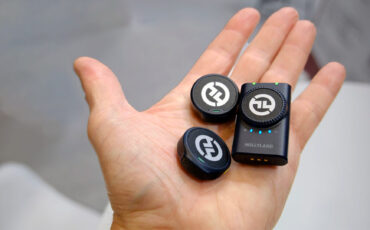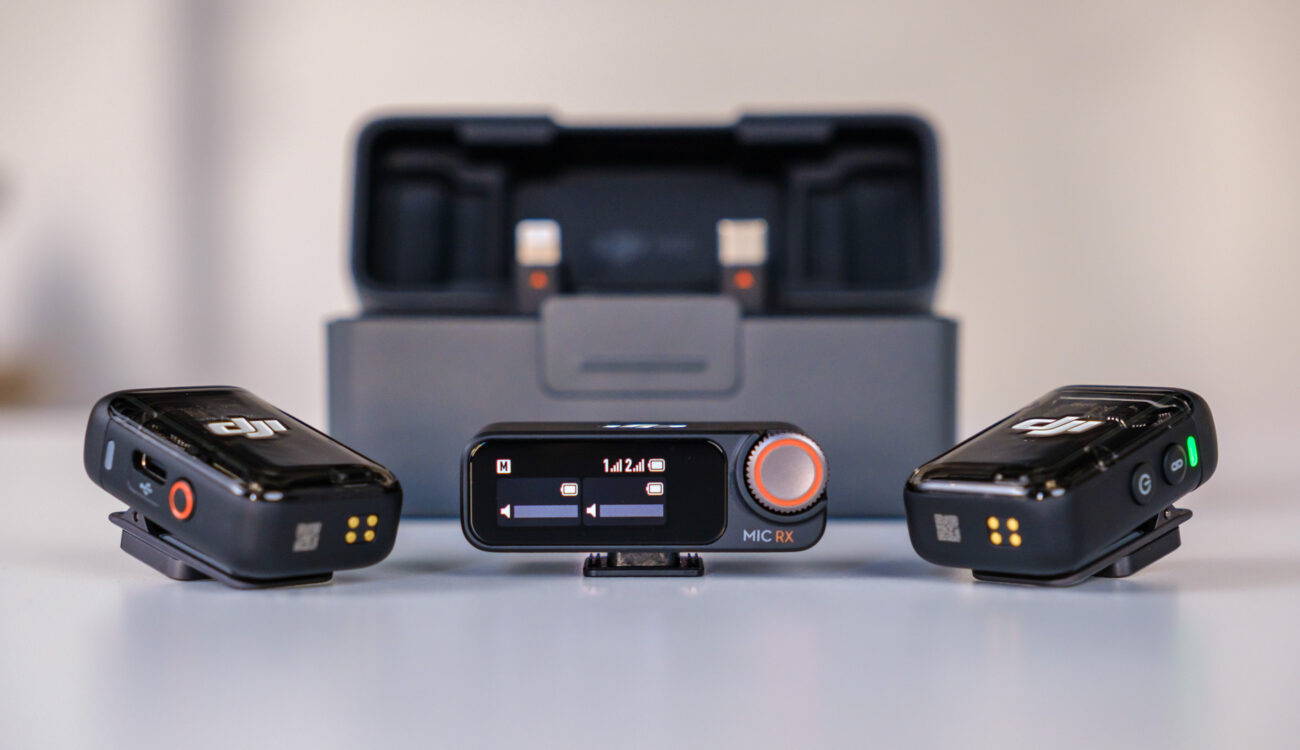
Today, the DJI Mic 2 was announced. The Mic 2 is a 2.4GHz wireless audio set that offers two transmitters, one receiver, and a metal charging case. Each transmitter has 8GB of built-in storage and offers up to 32-bit float audio recording or 24-bit with a -6dB safety track. Transmitters can also connect directly to phones and other DJI cameras via Bluetooth. The receiver offers USB-C and lightning adapters or a 3.5mm analog output cable. The whole set costs $349.
2.4GHz wireless audio sets – DJI, RØDE, and others
When it comes to affordable 2.4GHz wireless audio sets, there are already many companies in this market segment, some of which are introducing very capable sets, such as the Hollyland LARK MAX, which was released last year in June (in case you missed it, check out Johnnie’s review). I think, however, that DJI and RØDE are the ones, who have been leading this category of products for the past few years.
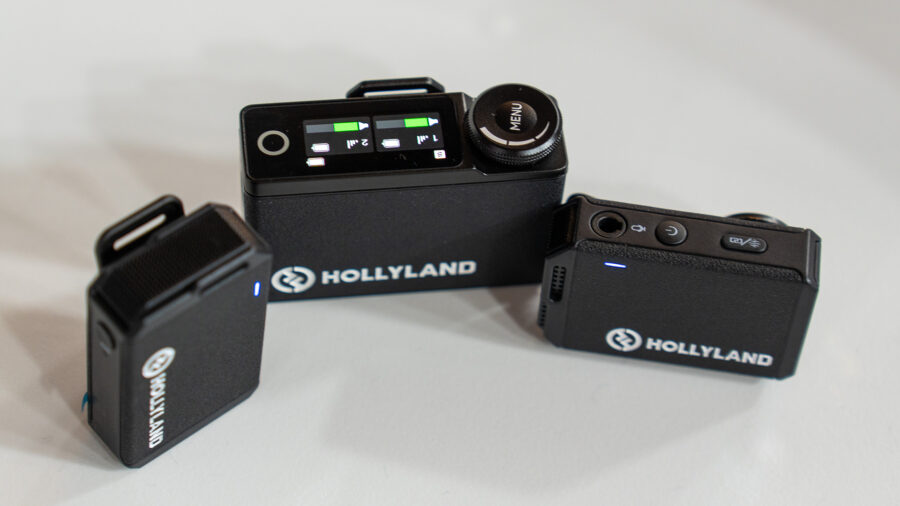
It seems to me that these two companies have been playing a kind of “back-and-forth game” by each releasing new products that try to improve, bring new functions, and push the limits of what a 2.4GHz wireless audio set can do. Let’s take a brief look at the timeline.
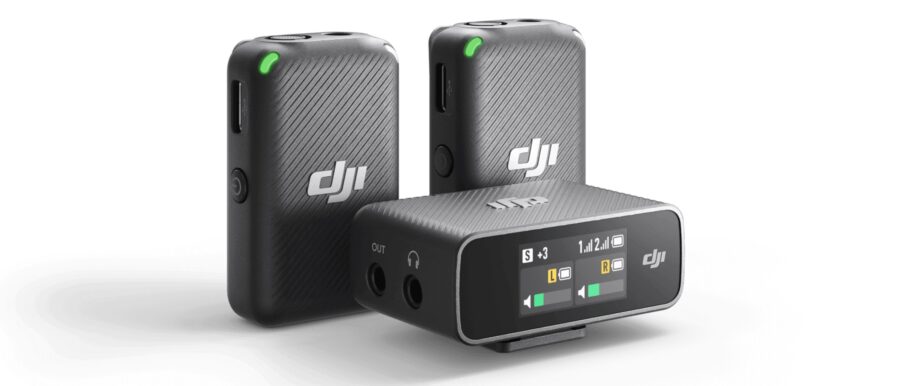
In February 2021, RØDE Wireless GO II (set with two transmitters) was announced and shortly after that, in November of the same year, the first generation DJI Mic – the company’s first wireless audio recording set – was announced and became available a few months later in April 2022. In some ways, DJI Mic outperformed the Wireless GO II by including the charging case for the whole set, making the transmitters smaller, and so on.
Cinema Sound

Last year in August, the Australian audio company released the RØDE Wireless PRO set which brought 32-bit audio recording, timecode, and other new features. Well, today, DJI comes with a new wireless audio system that will try to fare against the RØDE Wireless PRO. Let’s take a quick look at the new DJI Mic 2.
DJI Mic 2 – refining the first generation
The standard DJI Mic 2 set comes with two transmitter units (TX), one receiver unit (RX) and a charging case. It operates in the 2.4GHz frequency, which can unfortunately often be quite crowded and prone to interference, but thankfully the transmitters support internal recording.
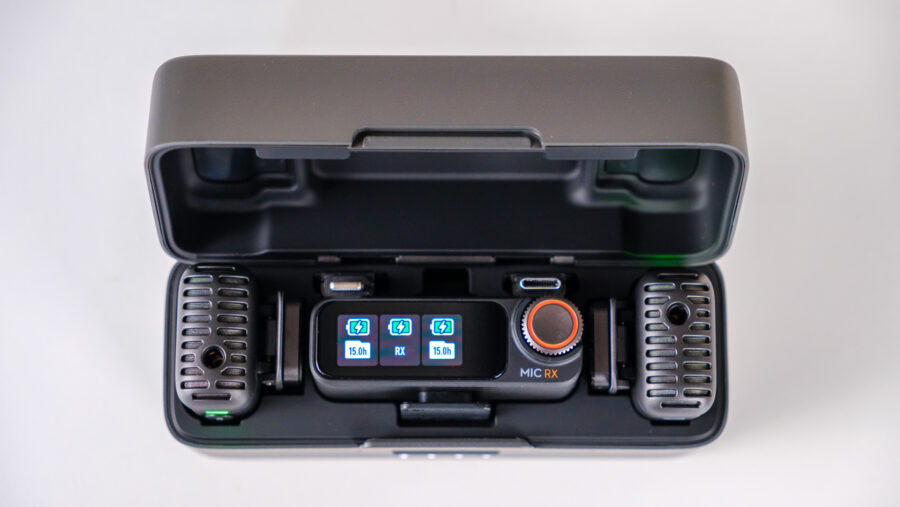
The DJI Mic 2 promises to support a wide range of recording devices. DJI claims it can be connected to DJI Osmo Action 4, DJI Osmo Pocket 3, and smartphone devices via Bluetooth (without the RX unit). For cameras and other devices, the receiver (RX) offers USB-C and Lightning adapters as well as a 3.5mm TRS analog output.
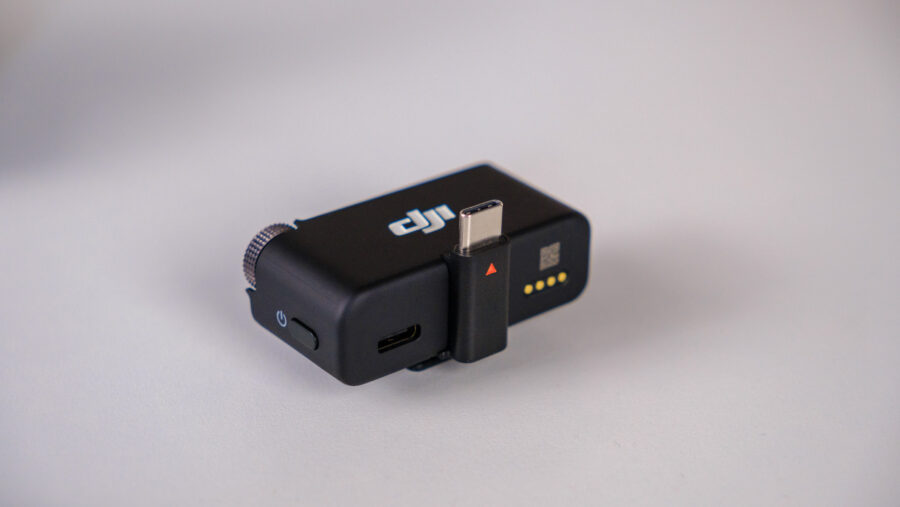
The receiver unit has a 1.1″ OLED touchscreen that provides access to critical information and can be used to adjust volume, gain, brightness, and more. Newly, there is also a physical knob. The RX unit has a 3.5mm headphone jack for monitoring, which might be useful when using it with a phone for instance.
TX units with 32-bit float internal recording
Each transmitter has a built-in mic with omnidirectional recording and intelligent noise-canceling technology which should reduce environmental noise (this cannot be enabled when the transmitter is connected to a smartphone via Bluetooth). The TX mics can be equipped with the included windscreen to lower wind noise in the audio recordings. Every TX unit also supports external mics via a 3.5mm input jack. Each transmitter has dimensions of 46.06 × 30.96 × 21.83mm and weighs 28g.
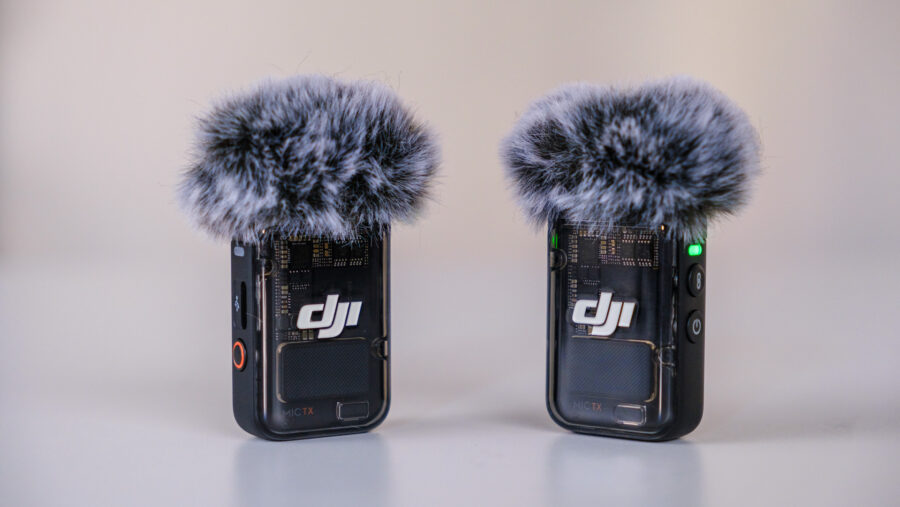
DJI Mic 2 offers dual-channel recording, so users can capture audio from two sources simultaneously. Each transmitter is equipped with 8GB of internal storage that can store up to 14 hours of 48kHz 24-bit audio recording. The safety track feature allows users to record a second track at -6dB alongside the primary audio track to avoid clipping.
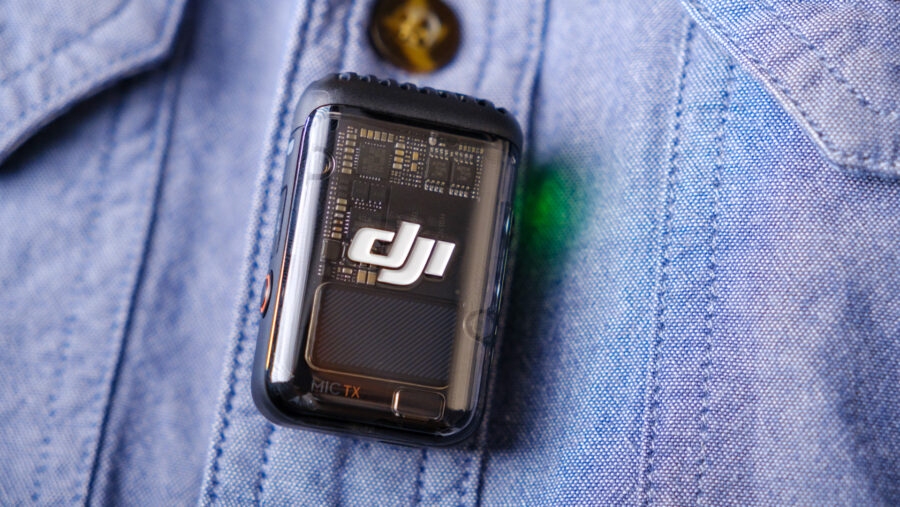
On top of the 24-bit recording, the mic also offers 32-bit float internal recording. This feature practically removes the need to set gain as all captured sounds can be recovered in post-production regardless of the intensity (simply put).
Please keep in mind that the internal recording of DJI Mic 2 cannot be used when the transmitter is connected to a smartphone via Bluetooth.
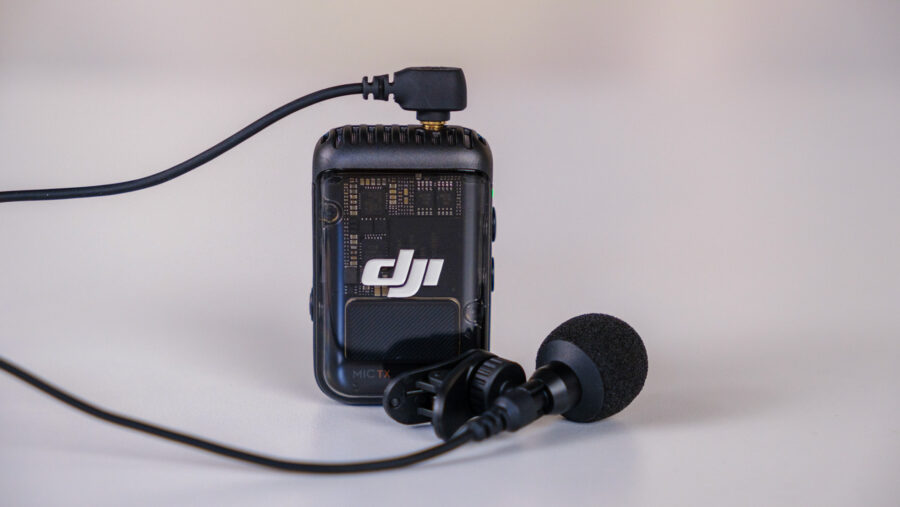
While the DJI Mic sets come in shadow black color, you can also purchase transmitters in pearl white. This might be useful if you show the TX units in your video attached on subjects that wear white shirts for instance. The transmitters again feature a clip-on design with magnetic attachment.
Charging case, range, battery life
The set comes with a newly designed metal charging case that now features a locking latch. According to DJI, the operation time of each transmitter with the built-in 360mAh Li-ion battery can reach up to 6 hours (without the backup recording activated). With the charging case, you can get up to 18 hours of recording time.
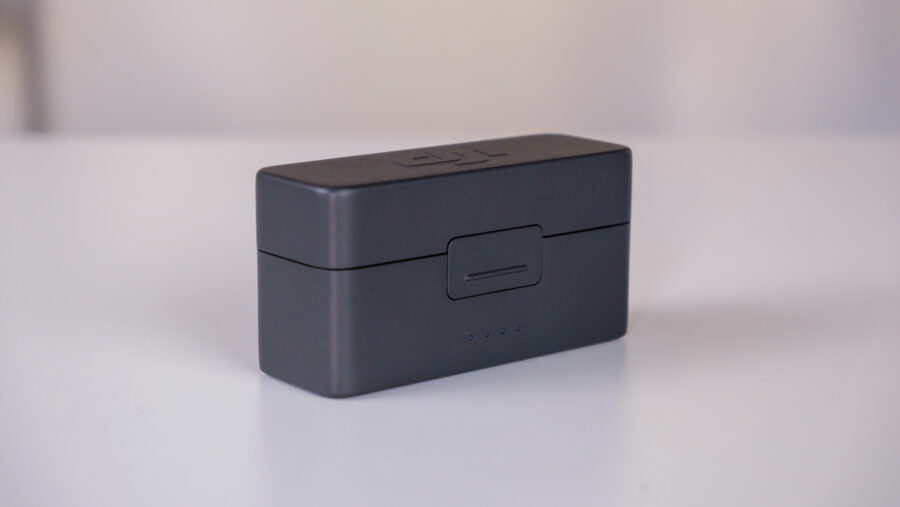
When it comes to range, DJI claims the set will work at a distance of up to 250 meters (820 ft.) in open unobstructed environments without interference (FCC mode). From my experience, having worked with a few 2.4GHz wireless audio sets including the first DJI Mic, the audio signal is often plagued by interference as this frequency is used by many consumer products. Thankfully, the internal recording in the transmitter can save the situation.
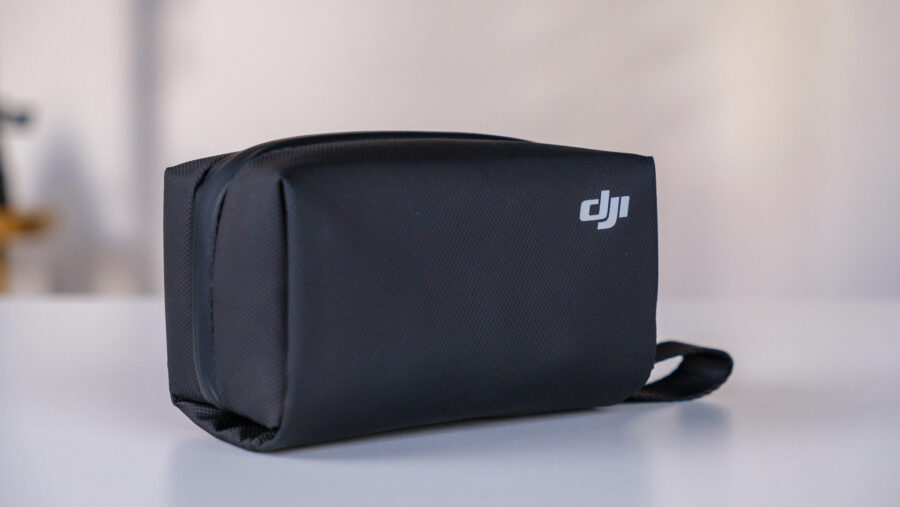
Price and availability
The new DJI Mic 2 is available now and it comes in two versions:
- DJI Mic 2 set with 2 transmitters, 1 receiver, and a charging case – additionally includes 3.5mm camera audio cable, USB-C and Lightning adapters, DJI Mic 2 windscreens, clip magnets, USB-C charging cable, and a carrying bag. This set costs $349 (€349 in Europe).
- DJI Mic 2 set with 1 transmitter and 1 receiver. This set costs $219 (€219 in Europe).
Furthermore, there are various accessories available separately:
- DJI Mic 2 transmitter (black or white color) for $99 (€99 in Europe)
- DJI lavalier mic for $39 (€39 in Europe)
- DJI Mic 2 charging case for $69 (€69 in Europe)
Do you use any of the 2.4GHz wireless audio sets for your work? What do you think about the new DJI Mic 2? Let us know in the comments section underneath the article.



